Environment-Friendly Cement Composite (EFCC) for Soil Reinforcement and Earth Slope Protection
The environment-friendly cement composite (EFCC) reinforced with geogrid or wire mesh using recycled aggregates such as concrete, stone, broken pavement, brick, gypsum and wood chips in soil-cement have tremendous benefits to the environment and significant cost savings in material acquisition and disposal. The primary purpose of this book is to provide a unified body on the EFCC and its application to soil reinforcement and earth slope protection. The one thing that is generally agreed upon is that there is no adequate text book for EFCC material today and it is hoped that this book will be sufficient for that purpose. It is emphasized that this book is not an encyclopedia of all previous books and solutions that are known; it is intended to provide a fundamental understanding of the physical and mechanical aspects of the EFCC materials system and structures comprised of EFCC elements.Furthermore, EFCC elements, upon loading, propagate cracks rapidly at the critical section as soon as the composite strains exceeded the cracking strain of the matrix resulting in a sudden increase in the strain of the fiber. These initial cracks are followed by slow crack propagation with progressive debonding of the fibers. Keeping this idea in mind, the two new parameters are employed to the constitutive material matrix for modeling the progressive cracking in the finite element system and thus, results a unique model named Gradual Stiffness Reduction (GSR) method. In this book, a comprehensive exposition of this model is made and an algorithm is developed which, with little modification, can be used to study the mechanical behavior of various EFCC elements for structural design.
{{comment.content}}
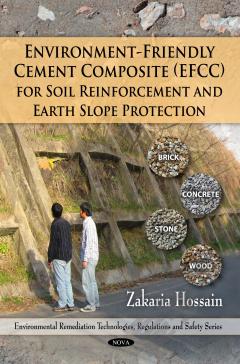

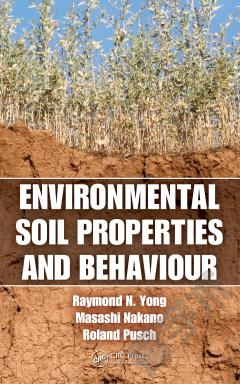
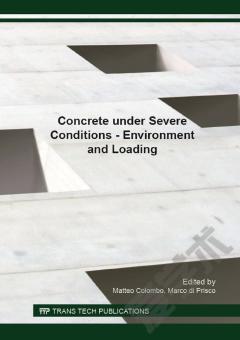

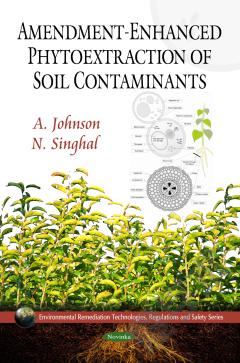
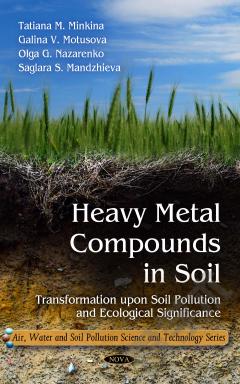

 京公网安备 11010802027623号
京公网安备 11010802027623号